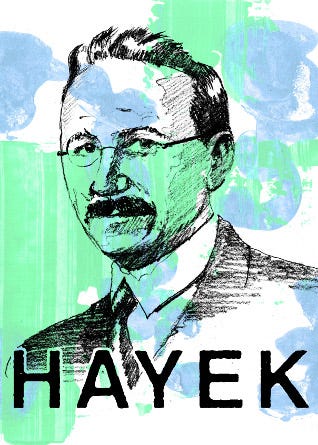Latest news about Bitcoin and all cryptocurrencies. Your daily crypto news habit.

Minneapolis Fed President Neel Kashkari said a few weeks ago:
If you live in any modern advanced economy I would stick with the dollar and leave bitcoin for the, you know, toy collectors.
But why do central bankers call us toy collectors? Why are they confident that we can never challenge their monopoly and sovereignty in the money market? Why can not cryptocurrencies compete with government-issued money? What is money that cryptocurrencies are not? Let’s see what the Deputy Governor of the Bank of Israel says about that:
[A money] fulfills the functions ascribed to it in the economic literature — a unit of account, a mean of payment, and stability that enables it serve as a store of value. None of these exist with Bitcoin or similar currencies.
According to some economists the most important function of money is its feature of being the “unit of account”. That is, when we want to measure the value of something, we value it with an index called money. As when we want to measure the length of a thing, we compare it with a constant index called the metre.
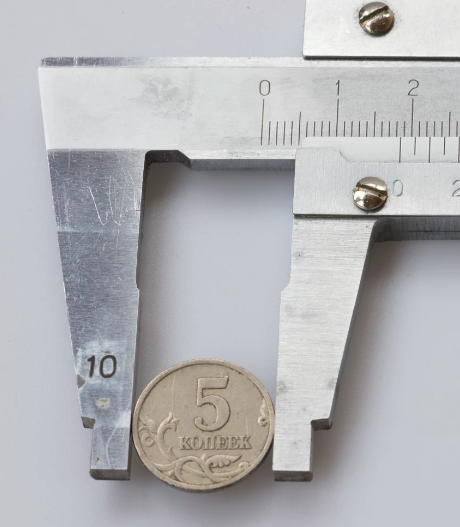 Most important function of money is being the “unit of account”.
Most important function of money is being the “unit of account”.
A good money is money with value stability. As a good unit for measuring the length is a unit whose length does not increase/decrease over time. Why can a vendor keep the price of his product constant in dollar for a few years without a change, but if he wants to price the product in Bitcoin, he should change its price every day? Why do we even price Bitcoin in dollar? Can pricing Bitcoin in dollar have another meaning except that we have accepted that cryptocurrencies are not money and dollar is?
A money can only be a “medium of exchange” and a “store of value” when it has value stability. Philip Lowe, Governor of the Reserve Bank of Australia refers to this fact in this way:
Do you really want to hold the value that you’re using, and make payments with, in something that price fluctuates 20 percent in a day?
You may quickly respond:
why does being a good “store of value” depend on being a good “unit of account”? Cryptocurrencies are a better “store of value” than government-issued money, just like gold, although they are not a good “unit of account”.
This response is exactly what central bankers like to hear from us. They like us to be gold competitors not theirs. There is a significant difference between money and other types of assets like gold in being a “store of value” which caused money market size to be about $90 trillion but gold market size to be less than $3 trillion; this significant difference is “accepting risk”.
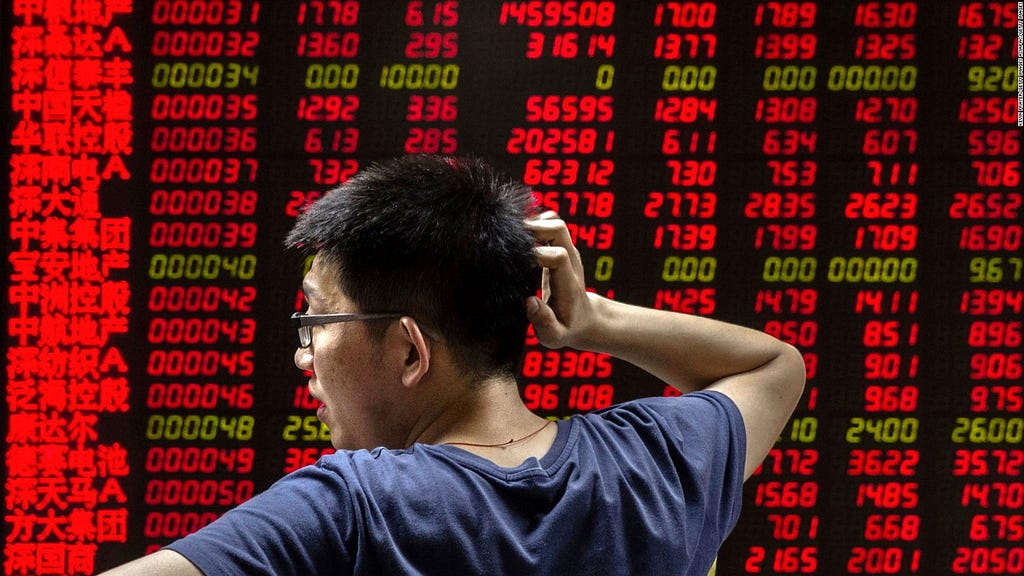 Unlike gold and stock markets, money market clients don’t want to risk.
Unlike gold and stock markets, money market clients don’t want to risk.
The clients of the money market are those who seek to store their asset value and do not want to risk; in fact, they just mean to trade with their money. On the other hand, speculators in the gold or other types of financial assets’ market are those who seek to grow their asset value and they tend to accept the risk. Many people do not like to risk and prefer to store value in something that just saves the original value.
Central bankers have always categorized cryptocurrencies as an asset, not money!
We need to be clear: bitcoin is in no way a currency, or even a cryptocurrency, It is a speculative asset.
(Francois Villeroy de Galhau, Governor of Bank of France)
We don’t consider that Bitcoin can be considered as a virtual currency. It’s more digital assets with the regulation of assets.
(Elvira Nabiullina, Governor of Russian Central Bank)
Bitcoin and similar virtual currencies are not a currency, they should be viewed as a financial asset.
(Nadine Baudot-Trajtenberg, Deputy Governor of the Bank of Israel)
In my view, cryptocurrencies; Bitcoin and the others; the way I’ve seen them so far, they don’t meet the criteria to be called money. They can be called an asset.
(Cecilia Skingsley, the Deputy Governor of the Central Bank of Sweden)
This categorization as “an asset” is the best way for central bankers to get rid of cryptocurrencies. In this way, cryptocurrencies may be able to attract a fraction of gold market or other types of assets’ customers but can never break central bankers’ monopoly in the huge money market.
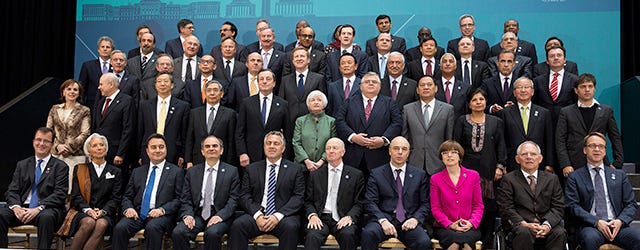 Central bankers have always categorized cryptocurrencies as an asset, not money!
Central bankers have always categorized cryptocurrencies as an asset, not money!
In fact, cryptocurrency advocators’ response to the problem of not being a proper “unit of account” is more dangerous than the problem itself.
Cryptocurrencies are not stable, can not be a “unit of account”, and so will not replace the government-issued money as a “medium of exchange”; but as they are scarce, they can be a great “store of value”!
Idleness is the root of all evil! This approach to the problem causes many investors to start asking themselves:
“Many things are scarce, but is being scarce enough to get value? Cryptocurrencies attracted many ones as they thought someday these currencies may replace government-issued money. If they can never replace money, what is the root of their value? We started speculating on them as we thought they may have a future application of being money. But if they can never be money, this big market is just a pure bubble which will burst sooner or later.”
So what is the proper way to face this challenge? Never forget:
“Attack is the best defense.”
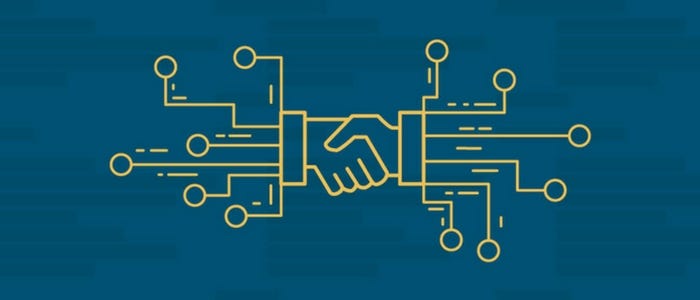 Smart contracts can work much better than central banks
Smart contracts can work much better than central banks
The best offensive response to central bankers who claim that cryptocurrencies can never be a money is to show them that the implementation of money is as simple as the implementation of gold in blockchain world. We should show those central bankers that smart contracts in the information age can have exactly the same impact on their position as machines did on workers in the industrial age! They should realise that blockchain may make them paper money collectors much sooner than they can imagine! But how?
To be able to make a stable money on top of blockchain, we should first find out why government-issued money is stable but cryptocurrencies are not. Many cryptocurrency advocators respond fast:
Because the government-issued money is being used for a long time and has found a big market gradually. When cryptocurrencies’ market size grows, they will become stable just like the government-issued money and can be used as a “unit of account” like it.
This answer is incorrect and misleading. If being used for a “long time” brought stability, why has gold lost the big money market to bankers? Why don’t we use gold as money? Because we think gold price may decrease tomorrow. We do not want to risk. More important than being incorrect and misleading, the problem of this answer is being passive and defensive. This answer means no need to do anything. Just sit down and wait for getting a larger market.
We should not allow them to cheat us with such answers. Let’s ask the question again:
“How did they make such a stable instrument which grabbed the money market from gold?”
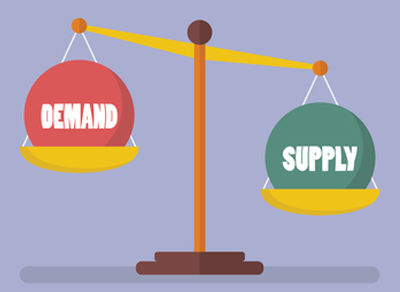 Today money is stable because its supply is based on its demand.
Today money is stable because its supply is based on its demand.
The fact is that today money, unlike gold or cryptocurrencies, is stable because its supply is based on its demand. Today money is created in the form of debt. With the increasing demand for money, banks will create and supply new money to the economy by paying new loans; and with the decreasing demand for money in the economy, the amount of money will decrease by settling the loans.
The first question possibly raised to lots of Bitcoin advocators is:
How is that today money is created by banks through paying new loans?! What do you mean by that?! Today money is created by governments and their central banks via pushing a printing press, isn’t it?!
No, today money is not being created this way! 97% of our money supply is just being created by private, high street or commercial banks, through making new loans; and it’s being simply destroyed after loan settlement. If you didn’t know this about today money, you’d better stop predicting the future of money and try to understand it by watching the great “Banking 101 Video Course” from Positive Money.
But if you know how today monetary system works, it is clear why today money is stable unlike gold or Bitcoin. Today money is being created as people demand it and destroyed when the demand drops. But the supply of gold or cryptocurrencies has no relation with their demand. So, when demand for cryptocurrencies increases, they will be balanced with the price growth rather than the growth of market supply. On the other hand, when the demand drops, prices will fall instead of reducing supply.
You may ask:
if central banks are not creating our money and almost all of today money is being created by banks making loans, so what are those central banks exactly doing?
The only thing being done by central banks is configuring the amount of money being created by commercial banks, through playing with interest rates. To maintain the stability of the value of money in today monetary system, central banks raise interest rates with their tools as soon as inflation grows more than what they want, and thereby reduce bank lending and the creation of new money. On the other hand, as inflation drops below what they are looking for, they will increase bank lending and create new money by decreasing interest rates.
So, if making a stable money is such a simple task, why can not we make our own blockchain-based decentralized money?
In fact, Daniel Larimer, the founder of BitShares, just made such a solution in the form of BitAssets 4 years ago. This solution is very simple to understand if we’re familiar with the function of today money; i.e. creating tokens by paying loans as demand increases to be able to destroy them by settlement of loans as demand drops.
BitUSD Smart contract on the BitShares network works just like today banks. It creates a token named BitUSD in the form of debt by paying loans. When BitUSD is inflated and its price becomes lower than USD, it stops lending by increasing interest rates; and when BitUSD is deflated, it increases lending by decreasing interest rates. Today loans are backed by traditional assets like land, property and anything that is worth to the extent that requires us to repay the loan in the future; and BitUSD loans are backed by BTS as the new generation of assets.
Although understanding BitUSD is a simple task for those who are familiar with economics and the function of today money, it is very challenging for lots of Bitcoin advocators who still think central banks are printing our today money by pushing a button. One of the reasons why BitShares couldn’t get a much bigger market than what it has today is not being understood by blockchain world. Lots of smart people in blockchain world think that BitUSD is worth a USD just because:
if the value of a stable-coin drops below $1, then everyone will realize that it will eventually go back to $1, and so people will buy it, so it actually will go back to $1 — a self-fulfilling prophecy argument. And for a similar reason, if the price goes above $1, it will go back down. (Vitalik Buterin)
In fact, in their opinion, the BitUSD is worth one USD because everyone think it should be so! But that’s not why! The reason is that any BitUSD is created as debt and the borrower is obliged to buy that BitUSD to repay the loan, either from the current holders who like to sell that as much as possible, or from people who can create it out of thin air at current USD price. Being created as demand grows and destroyed as demand drops is what pegs the value of BitUSD to USD; not a self-fulfilling prophecy argument!
It is understandable why even smart people in blockchain world gave up understanding how BitAssets in the BitShares work. They are mostly programmers not economists! Economists have not even understood Bitcoin yet; so we can not expect them to understand BitShares!
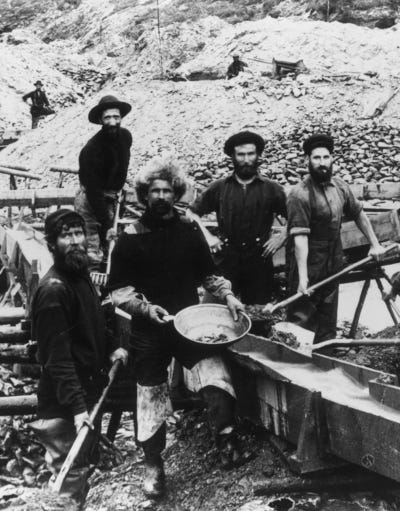 Gold rush was just a first step
Gold rush was just a first step
In fact, the most important reason why BitShares was not as successful as it should be is not being born in time!
Blockchain is a new type of territory, a new freedomland. When we discover such a new land, gold rush is one of the first predictable events that take place. When California gold rush started at 1848, the non-Indian population of California was about 8,000. But just after 4 years, gold rush brought up over 200,000 people there.
Friedrich Hayek explains why we started with gold in blockchain world, in this way:
I do believe that if today all the legal obstacles were removed which prevent such an issue of private money under distinct names, in the first instance indeed, as all of you would expect, people would from their own experience be led to rush for the only thing they know and understand, and start using gold.
Finding gold in a new territory has an enormous effect on making a powerful base of its development, but it is just a base, a first step. To make an economy, we need much more, we need money! As Hayek continues:
But this very fact would after a while make it very doubtful whether gold was for the purpose of money really a good standard. It would turn out to be a very good investment, for the reason that because of the increased demand for gold the value of gold would go up; But that very fact would make it very unsuitable as money. You do not want to incur debts in terms of a unit which constantly goes up in value as it would in this case, so people would begin to look for another kind of money: if they were free to choose the money, in terms of which they kept their books, made their calculations, incurred debts or lent money, they would prefer a standard which remains stable in purchasing power.
In fact, the most important reason why BitShares didn’t succeed in finding a big market was being born much earlier than needed. We are still in the gold rush age of blockchain territory. The first 200,000 people who came to California were just there looking for gold. But it was only the first step in shaping a state with 40,000,000 population now. Current cryptocurrencies are gold of blockchain territory we have just discovered. Base population who came here are just miners, speculators and programmers, and they’re looking for gold. But this big base-population who came to blockchain world in 2017 will start shaping a new economic territory soon.
So, can BitShares shape the future of money? It seems the correct answer is NO! Today, the implementation of stable money on top of blockchain is not limited to BitShares network. Money is nothing more than a social contract and can easily be implemented in any platform supporting the implementation of smart contracts. Decentralized smart contracts will certainly replace today central banks very soon. And today, which platform is better to implement smart contracts on than Ethereum?
 Ethereum is a new freedomland we have just discovered
Ethereum is a new freedomland we have just discovered
Both Ethereum and BitShares started their development in 2014. When BitShares was trying to focus on the implementation of what we didn’t need that day, Ethereum focused on making a platform for tons of smart contract developers who’d like to contribute to shaping the future. This resulted in reaching a 100x time bigger market than BitShares and finding a very big community of developers.
Dai is a stable money being developed as a simple smart contract on top of Ethereum platform. Ether, as gold of Ethereum territory, has a 100x bigger market than BTS, as gold of BitShares land. It means Dai is 100 times more trustworthy and reliable than BitUSD because it is backed by Ether instead of BTS.
Today, Ethereum with a very big community of developers and HODLers is trying to find the killer application of this platform. Which killer app is better than money? Money is an application with a tens of trillions’ dollar market monopolized by bankers and governments so far. Monopoly in the money market is the root of all the problems we have in current monetary system. As Hayek explains:
The interesting fact is that what I have called the monopoly of government of issuing money has not only deprived us of good money but has also deprived us of the only process by which we can find out what would be good money. We do not even quite know what exact qualities we want because in the two thousand years in which we have used coins and other money, we have never been allowed to experiment with it, we have never been given a chance to find out what the best kind of money would be.
Ethereum can be the final nail in the coffin of central banking. It can shape the future of money. Ethereum is the best platform so far for different types of money being implemented as smart contracts on top of it with different monetary policies and competing with each other to help us find out what would be good money.
Thank you for reading this post.
This is our 1st medium story from the series of posts discussing how Ethereum can solve a large number of today monetary system problems, and as a new discovered Freedomland be a much better place to live in than our today states.
If you found this post valuable, please help us in reaching potential Ethereum Freedomland inhabitants by sharing it with friends and clapping as much as possible!
You can follow us on Twitter and Medium to get notified on the next posts.
Blockchain After the Gold Rush was originally published in Hacker Noon on Medium, where people are continuing the conversation by highlighting and responding to this story.
Disclaimer
The views and opinions expressed in this article are solely those of the authors and do not reflect the views of Bitcoin Insider. Every investment and trading move involves risk - this is especially true for cryptocurrencies given their volatility. We strongly advise our readers to conduct their own research when making a decision.
